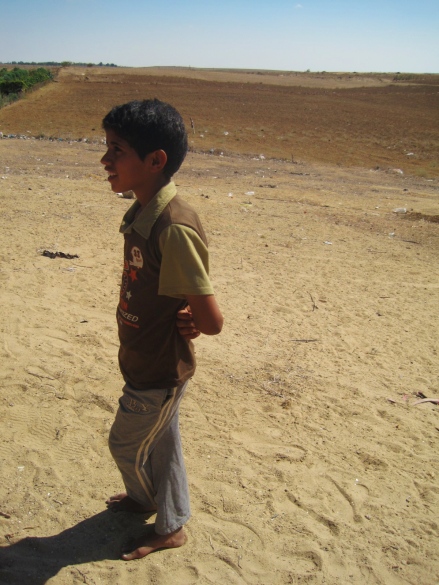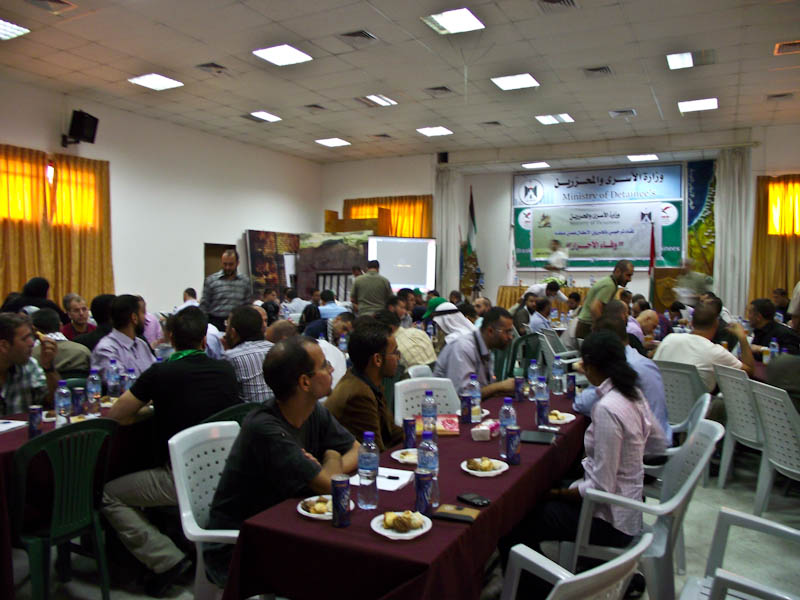Tag: Gaza
-
Israeli army shoots at children and two ISM activists
Silvia Todeschini 28 October 2011 | International Solidarity Movement, Gaza Witnesses in Gaza today reported an escalation of Israeli aggression in the Khuza’a – Abasan, governate of Khan Younis, Gaza Strip. The Israeli army also shot at two ISM activists and local children. Israeli tanks entered Gaza this morning, from approximately 7.30 to 8.30, moving…
-
The Olive and the F-16: Autumn in Gaza
by Radhika S. 27 October 2011 | Notes from Behind the Blockade Today completes another week of olive picking in Gaza. Another week of pausing, breaths held, as Israeli tanks the color of sand moved nearby along the buffer zone, another week of children frightened at the sound of roaring F-16s, another week below the…
-
Gaza Ministry welcomes West Bank ex-detainees
25 October 2011 | International Solidarity Movement, Gaza On Monday 24 October, Gaza’s Ministry of Detainees welcomed 163 prisoners from the West Bank who were freed in the exchange between the government of Israel and Hamas. The Ministry promised to have permanent housing for each ex-detainee within one month, as well as offering them free…


